Exiting Sioux Falls city councilors concerned to see their seats going uncontested
When Sioux Falls' westside voters in step into the voting booth April 9, they won’t see the names of Jennifer Sigette and Ryan Spellerberg on the ballot for Sioux Falls City Council. That's because, for all intents and purposes, they’ve already won.
When the clock struck 5 p.m. on Feb. 23 — the deadline to turn in petitions to get on the ballot — Sigette was the lone person who had filed to replace Councilor Greg Neitzert in the city’s Northwest district. And Spellerberg found himself in the same position in the Southwest district, where he’ll be taking over for Marshall Selberg.
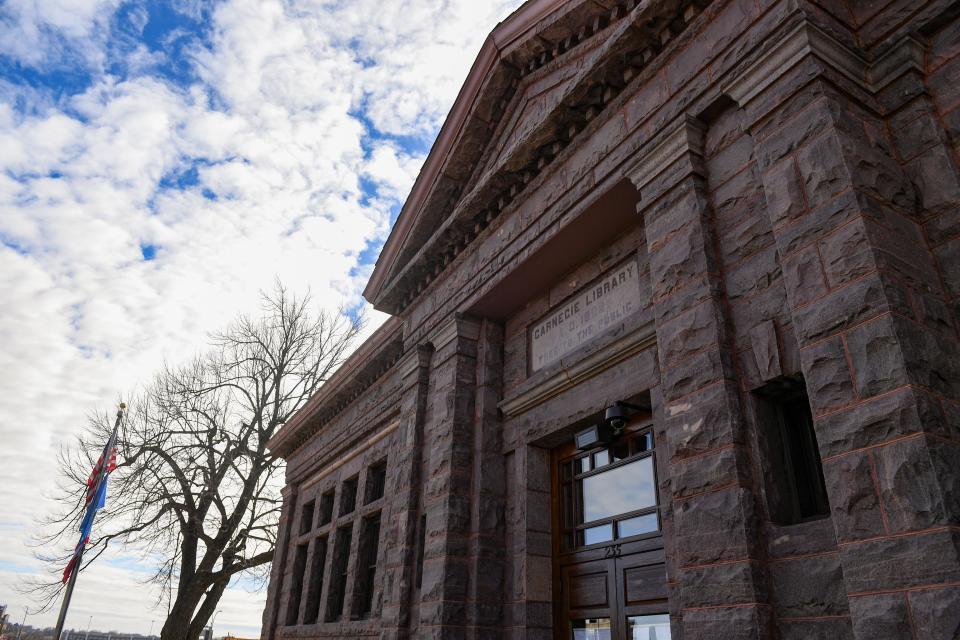
An uncontested election isn’t unheard of though. Selberg himself was unopposed as he ran for his second council term in 2020, as was Councilor Pat Starr.
But Neitzert and Selberg are term-limited, meaning their seats were open, with no threat of a strong incumbent. And the lack of competition for the roles they’ve held for eight years has them worried.
More: 8 people are running for Sioux Falls City Council: What to know
“Disappointing is probably how I feel about it,” Selberg said.
“It’s not a good development,” Neitzert said.
Both councilors emphasized their concerns had nothing to do with the two candidates who are now assured to be replacing them, but said the issue was a broader sense that fewer people were interested in running for city council.
Selberg said he was concerned people might think they need to be an expert in everything the council covers to be an effective member, adding that the position’s low compensation — a $22,551.36 yearly salary — could also be a contributing factor.
“I would encourage people in the future to engage a bit,” Selberg said. “I hope more people take more of an active role in their city.”
Neitzert, meanwhile, called the lack of candidates for an open seat with no incumbent “unprecedented,” and wondered if the toxicity of national politics had affected people’s interest in running.
“I think people just might not want to be part of the circus,” he said.
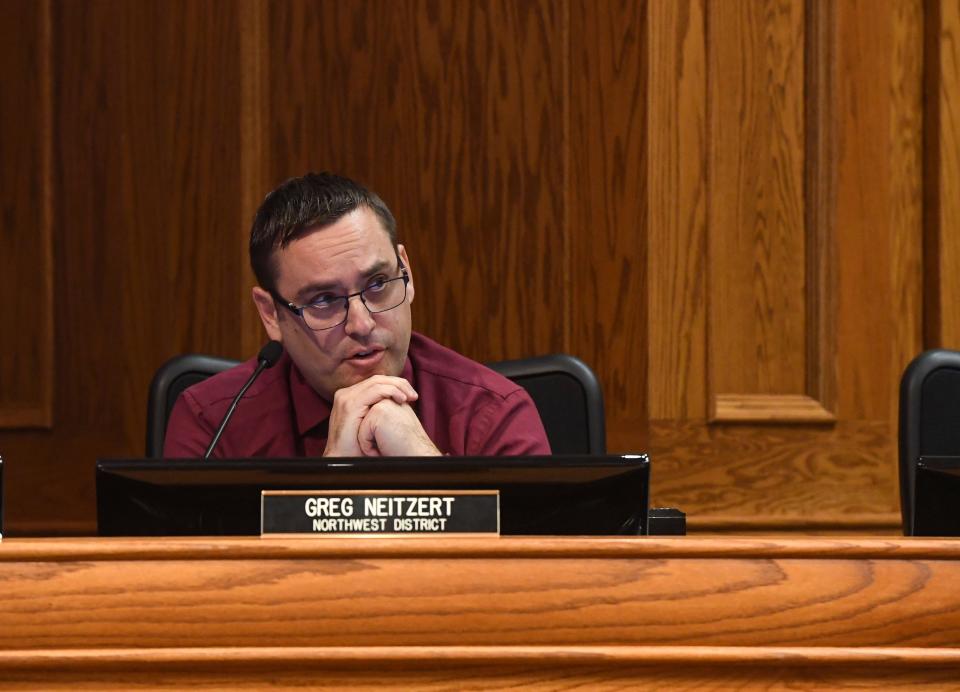
He also feared some may think councilors aren’t really able to make a difference through their work.
More: 5 candidates enter race for two seats on Sioux Falls School District Board of Education
“If that’s the case, that’s a failure potentially on our part," he said.
Neitzert also said recent concerted efforts to recruit and fund nominees could be “potentially discouraging” to candidates who didn’t have that level of backing.
“There’s nothing wrong with recruiting candidates,” he said, noting he had certainly encouraged others to run and donated to campaigns in the past. But he said he wanted to see more people stepping forward in races.
Jennifer Sigette, Ryan Spellerberg more hopeful about reason for lack of candidates
Sigette and Spellerberg both said they were surprised their races went uncontested, adding they had raised money and campaigned as if they’d be running against someone right up to the end.
But there was little disappointment about the fact that their races had concluded more than a month earlier than expected.
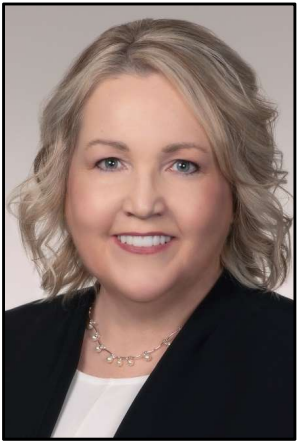
“Selfishly, I’m not unhappy about it,” said Sigette, adding she was excited for the extra time to learn about the role, meet with people and generally get a head start on being a councilor. “I’ll be ahead of the game.”
More: Thomason, Basye have financial advantage as council election approaches
Spellerberg agreed he was happy to be able to spend the next month “on something that adds value” to his future role.
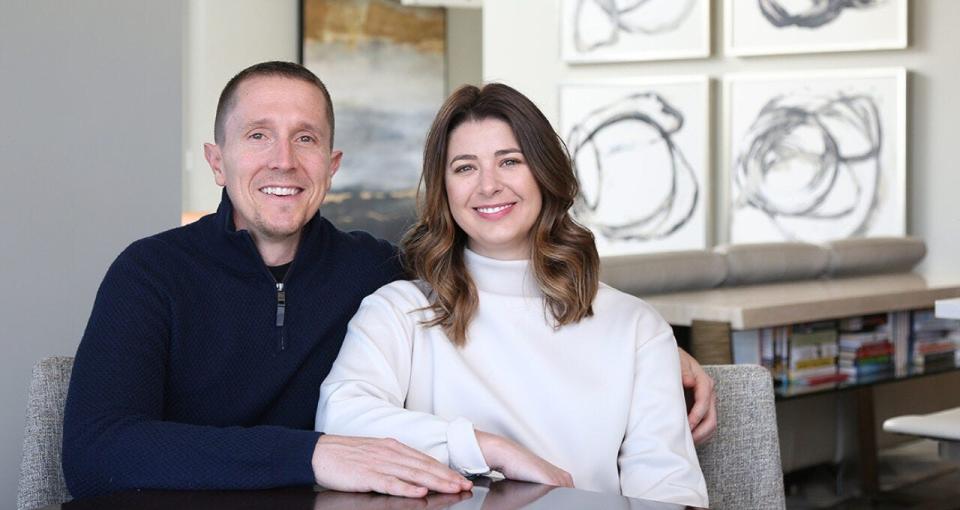
The two had a more hopeful view of what their uncontested races could mean about public interest in elections, with Sigette saying she hoped it meant people were happy with her candidacy, or perhaps people felt the city was being run relatively well and weren’t looking for change.
Or maybe it was what she said as the biggest reason: People simply didn’t have the election on their radar, noting how many people she’d had to inform that the election was occurring in April, not November.
Spellerberg noted the city’s At-Large and Northeast races still had multiple candidates running in each of them, and said the lack of participation in their two races could be reflective of how much work goes into the role, saying, “there’s a lot of hours here.”
April 9 election could see record low turnout
And when it comes to participation, April’s election could be low-performing in other ways as well.
Voter turnout in city elections has always been fairly low — the highest point since 2000 being the April 2006 election, which saw a 37.08% turnout. This year has the potential to show historically low numbers.
For one, there’s no mayoral race. Those drive significant participation, with the lowest turnout since 2000 in a mayoral race being April 2022, when Mayor Paul TenHaken won his second term alongside 24.42% turnout.
For comparison, every non-mayoral election since 2000 has failed to crack 20% in turnout, save for the June 2020 election, which benefited from being on the same day as the state’s primary after it was postponed due to the COVID-19 pandemic and the massive spend from Councilor Alex Jensen, who raised nearly $100,000 to unseat former councilor Theresa Stehly.
More: Jensen wins at-large council race by 110 votes; Stehly to ask for recount
In April 2016, the next most recent non-mayoral election, voter turnout hit a dismal 11.33%. That was in an election with four contested council races and several amendments to the city’s charter.
With only two council races on the ballot this year, it doesn’t seem impossible that the April 9 election could see turnout drop even lower than that, perhaps into single digits.
How can I vote?
Want to try and get that turnout higher? Residents must be registered to vote by 5 p.m. March 25. You can register at the county auditor's office, driver's license stations, the city finance office, public assistance agencies, Department of Human Services offices and military recruitment offices.
You can also print a voter registration form from the South Dakota Secretary of State's office and submit it to the county auditor.
Absentee voting begins March 25 and ends April 8. You can absentee vote by mail with an application from the Secretary of State's office. You can also vote absentee in-person with a photo ID at the Minnehaha County Administration Building at 415 N. Dakota Avenue.
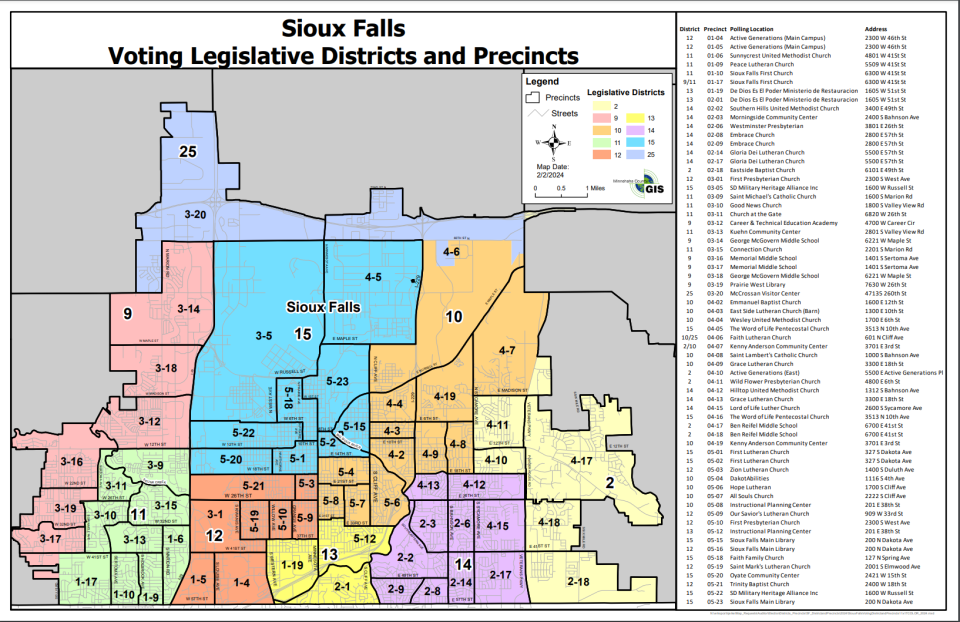
Polls will be open from 7 a.m. to 7 p.m. April 9. You can find out where to vote using this map or by checking on the Secretary of State's website.
This article originally appeared on Sioux Falls Argus Leader: Uncontested seats have some Sioux Falls city councilors concerned

